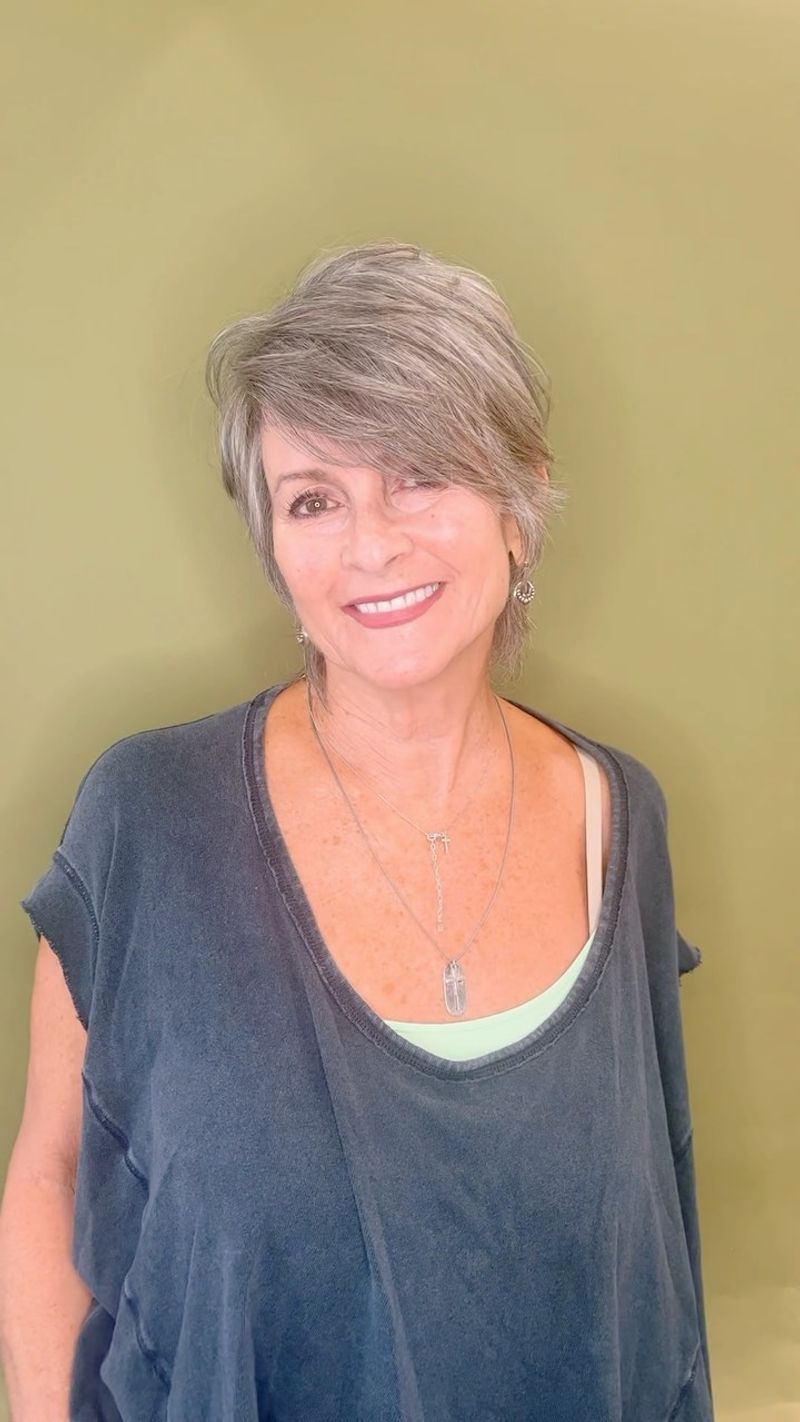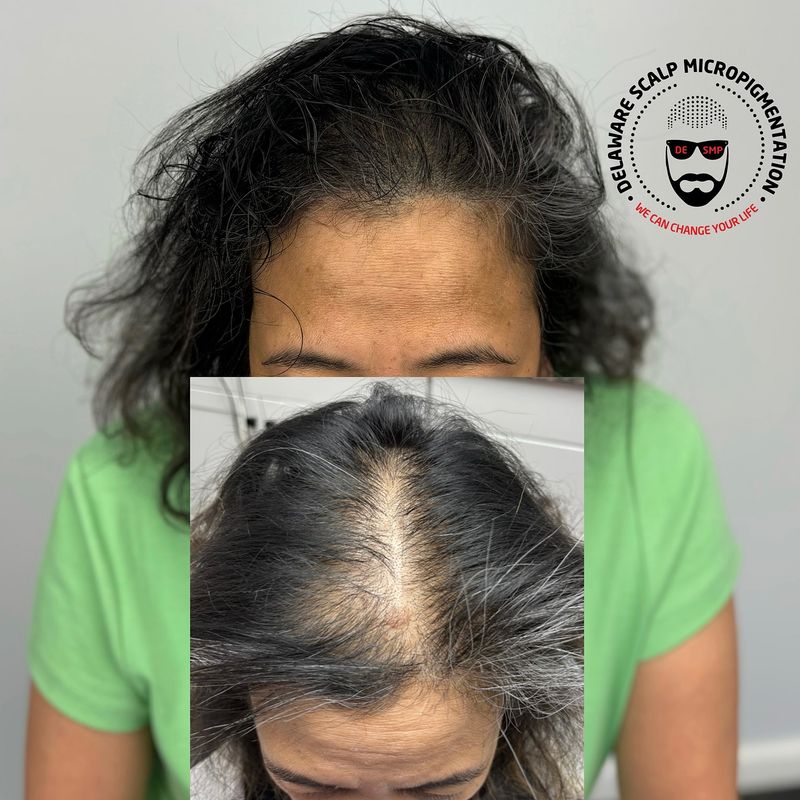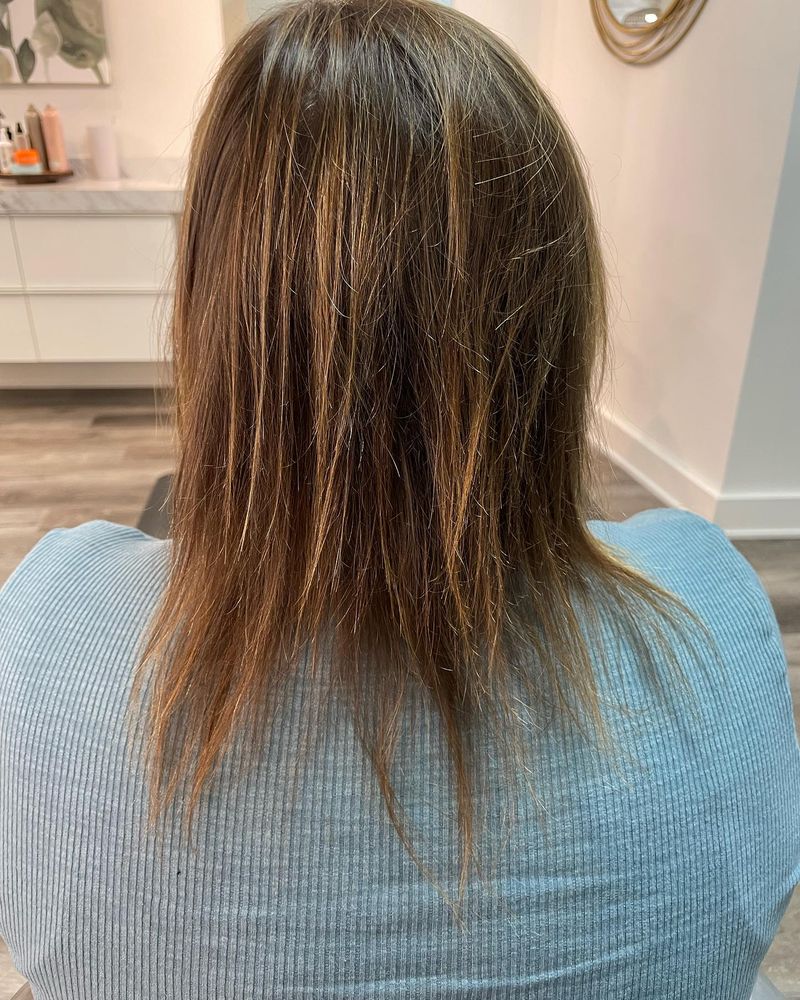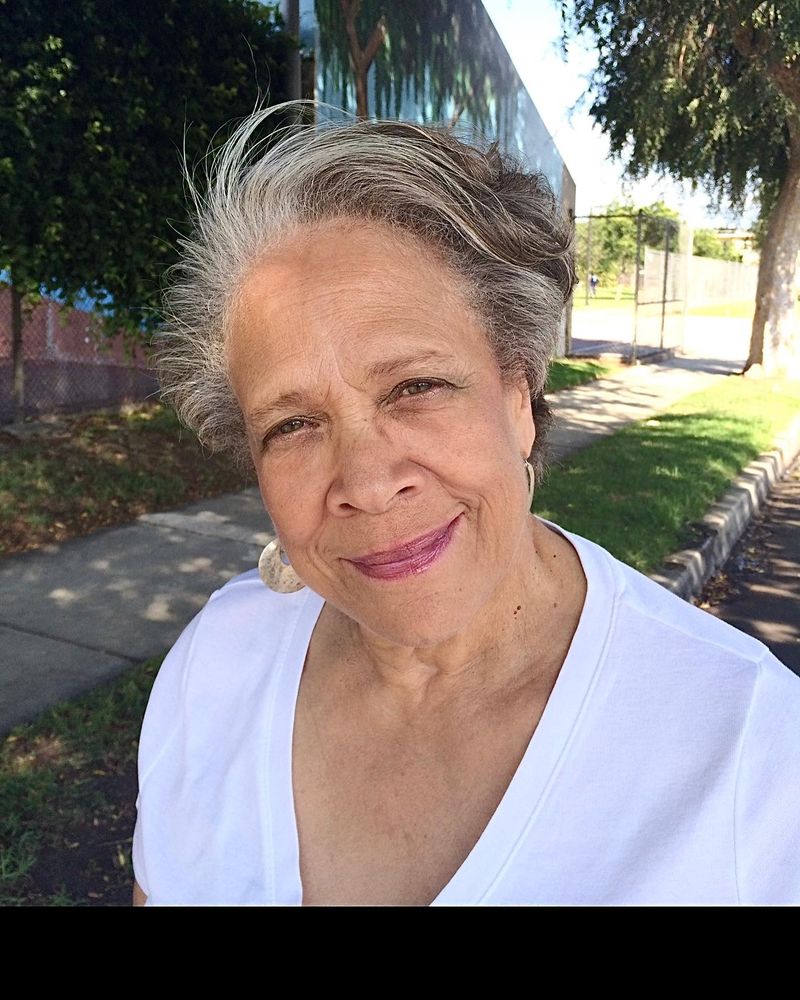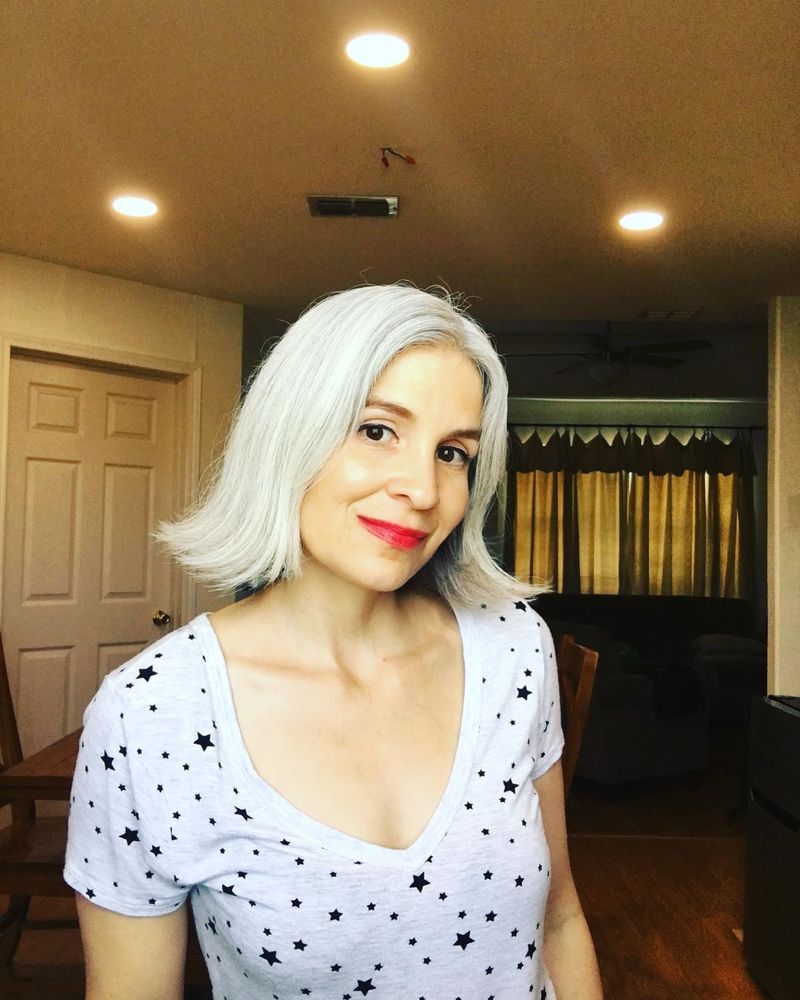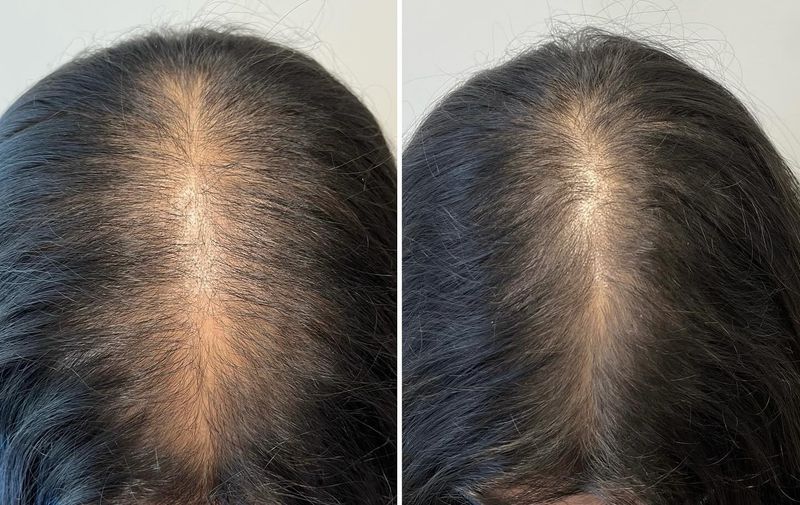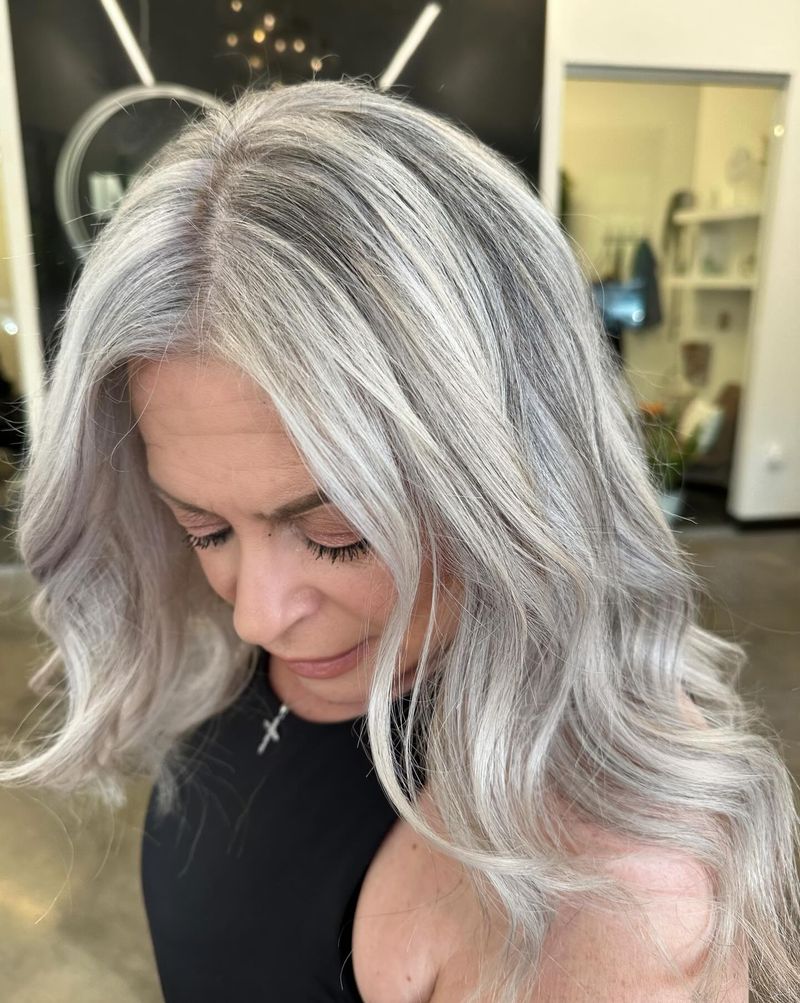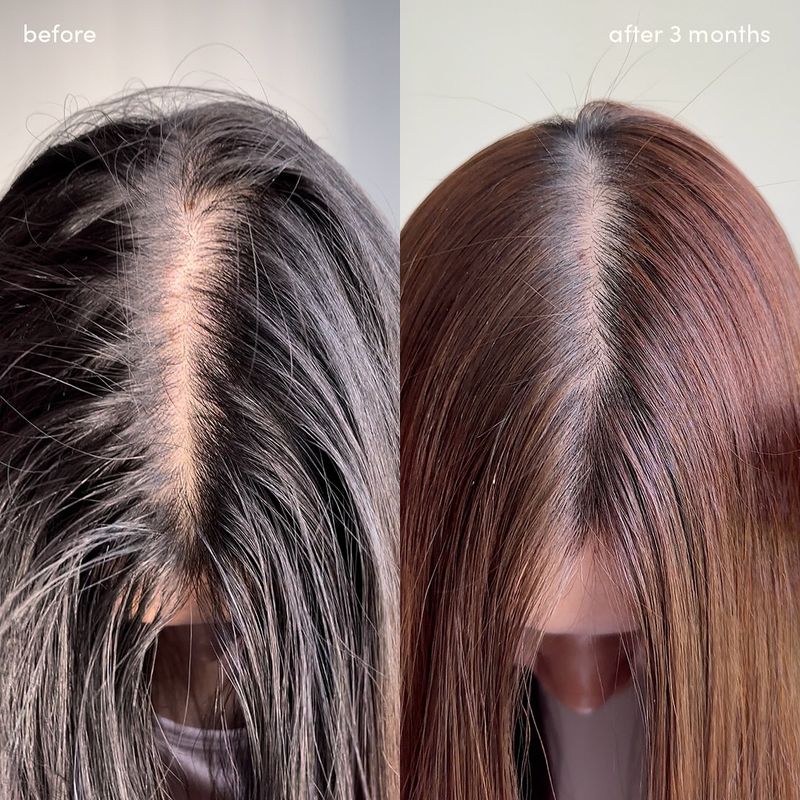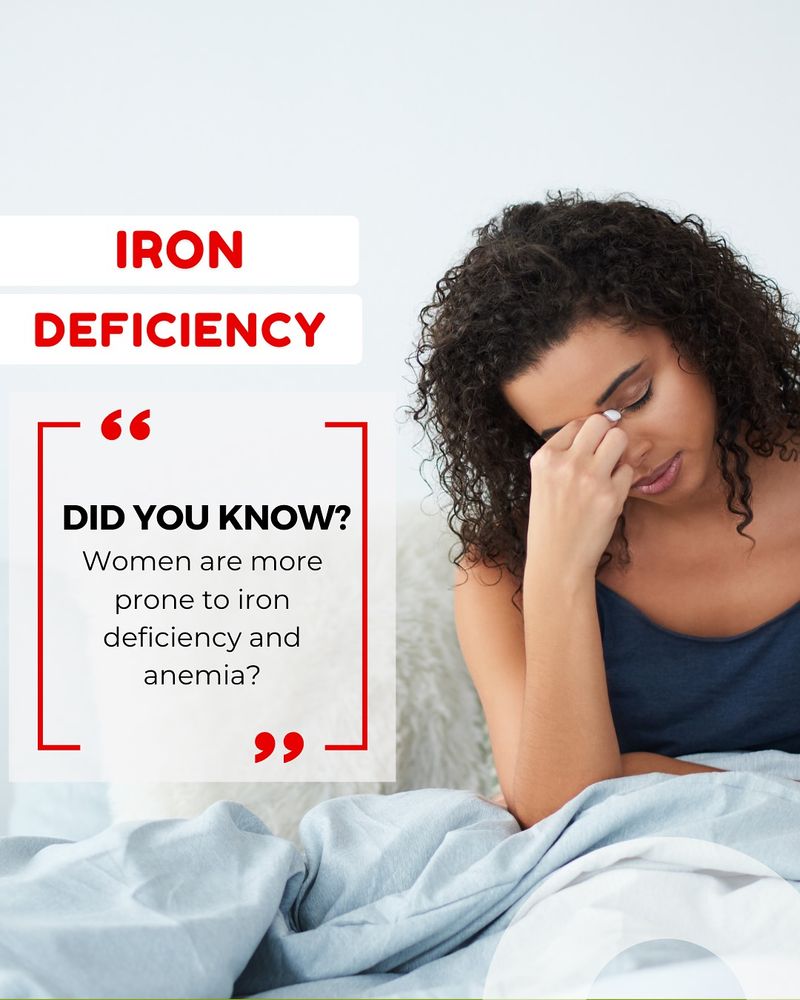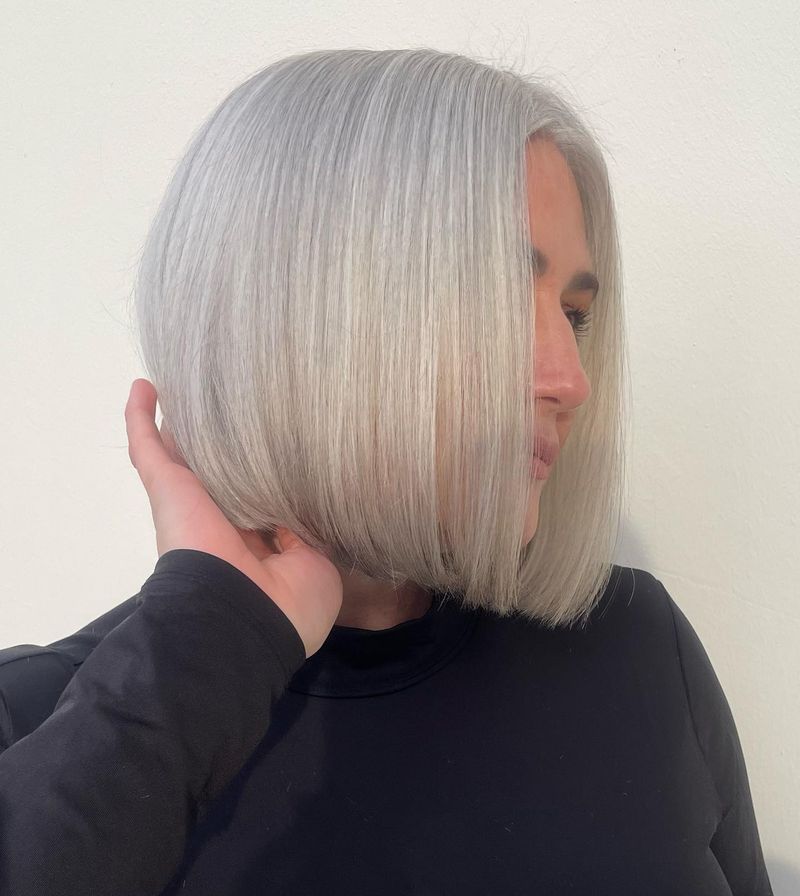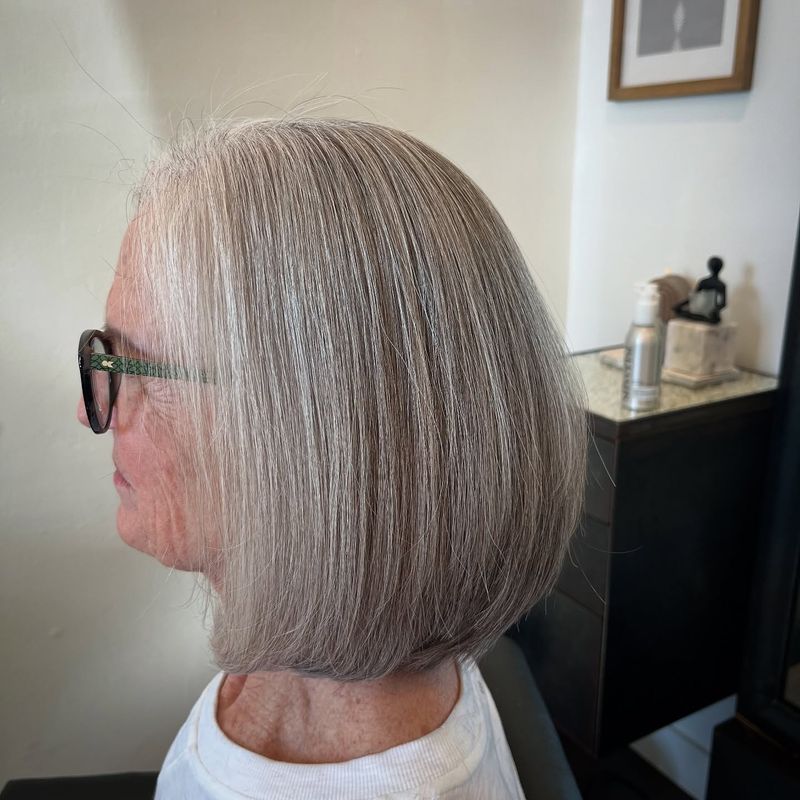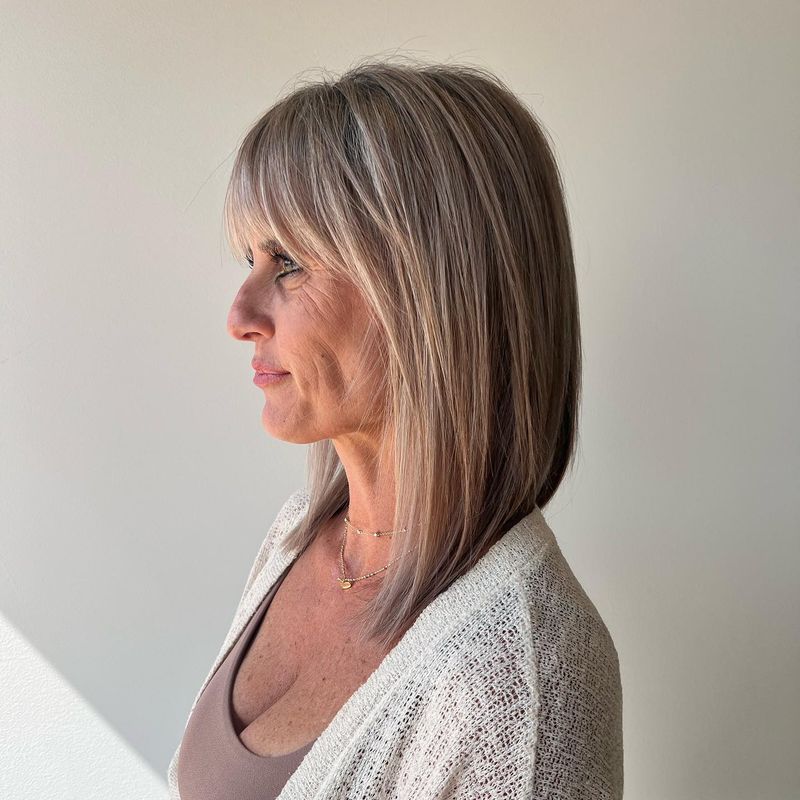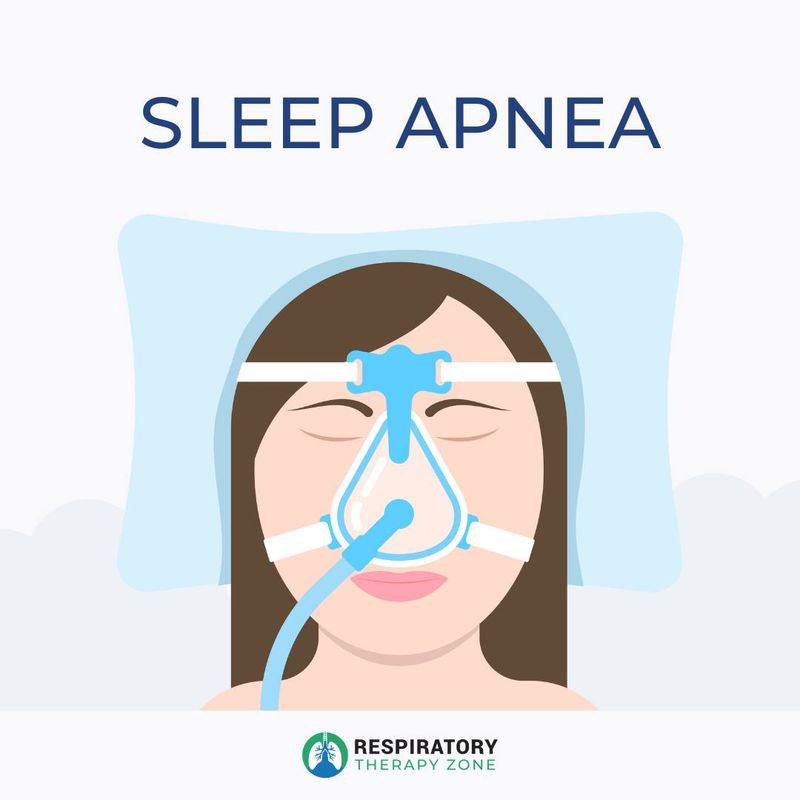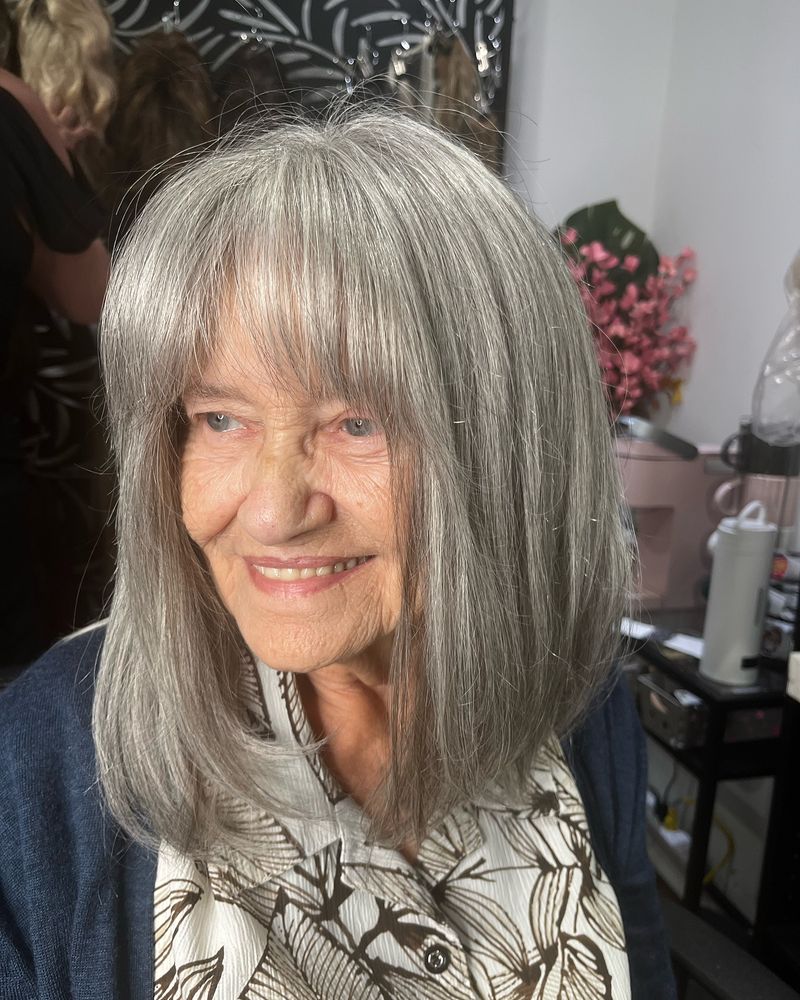Hair loss can be distressing for women as they age, often affecting self-confidence and emotional well-being. Many don’t realize that thinning hair has specific causes that can be addressed with proper treatment. Understanding why your hair is falling out is the first step toward regaining both your locks and your confidence.
1. Hormonal Changes During Menopause
Estrogen levels naturally decline during menopause, weakening hair follicles and slowing growth cycles. Many women notice their once-thick hair becoming finer and sparser around the crown. Hormone replacement therapy or topical minoxidil can help counteract these changes when used consistently.
2. Nutritional Deficiencies
Your hair craves specific nutrients to stay strong and vibrant. Lack of iron, vitamin D, zinc, and B vitamins can trigger excessive shedding. Blood tests can identify specific deficiencies, allowing targeted supplementation that often reverses hair loss within 3-6 months.
Related: -7 Straight-Hair Problems No One Talks About And 8 Easy Fixes That Shine
3. Thyroid Disorders
Both hyperthyroidism and hypothyroidism disrupt your body’s delicate hormonal balance, leading to widespread hair thinning. The good news? Once properly diagnosed and treated, thyroid-related hair loss typically resolves itself. Regular thyroid function tests are essential for women over 50.
4. Medication Side Effects
Blood pressure medications, cholesterol-lowering drugs, and certain antidepressants commonly trigger hair shedding. Don’t stop taking prescribed medications without consulting your doctor! Often, adjusting dosages or switching to alternative medications can resolve hair loss while still treating your condition.
5. Stress and Trauma
Major life events—retirement, losing a loved one, or health scares—can trigger telogen effluvium, a temporary but dramatic shedding phase. Your body redirects energy away from hair growth during stress. Meditation, adequate sleep, and gentle exercise can help manage stress levels, allowing hair to recover naturally.
6. Androgenetic Alopecia
Female pattern hair loss has a strong genetic component and becomes more common after menopause.
The characteristic pattern shows thinning at the crown while maintaining the frontal hairline. Early intervention with prescription finasteride, minoxidil, or low-level laser therapy yields the best results.
7. Autoimmune Conditions
Alopecia areata causes distinct circular bald patches when your immune system mistakenly attacks hair follicles. Lupus and other autoimmune diseases can also trigger hair loss. Corticosteroid injections directly into affected areas can stimulate regrowth, while immunotherapy treats more widespread cases.
8. Harsh Hair Care Practices
Years of coloring, perming, and heat styling take a cumulative toll on aging hair.
Traction from tight hairstyles can permanently damage follicles. Switch to gentle, sulfate-free products and embrace styles that don’t pull on your hairline to allow damaged areas to recover.
9. Scalp Infections
Fungal infections like ringworm can cause itchy, scaly patches and hair loss that worsen without treatment. Seborrheic dermatitis creates inflammation that damages follicles over time. Medicated shampoos containing ketoconazole or selenium sulfide effectively clear most scalp infections when used regularly.
10. Chronic Inflammatory Conditions
Psoriasis and eczema create persistent inflammation that damages hair follicles over time.
The constant itch-scratch cycle further traumatizes the scalp. Prescription steroid lotions reduce inflammation, while coal tar or salicylic acid treatments help remove scales without further irritation.
11. Anemia
Iron deficiency anemia depletes your body’s oxygen-carrying capacity, prioritizing essential organs over hair growth. Many women experience increased shedding before other anemia symptoms appear. Iron supplements, combined with vitamin C for better absorption, typically reverse hair loss within several months.
12. Weight Loss and Crash Dieting
Sudden weight loss shocks your system, triggering telogen effluvium—a condition where hair prematurely enters the shedding phase.
Adequate protein intake is crucial during weight loss. Aim for at least 0.8g of protein per kilogram of body weight daily to provide essential amino acids for hair growth.
13. Poor Scalp Circulation
Blood delivers essential nutrients to hair follicles, but circulation naturally decreases with age. Daily scalp massage stimulates blood flow to follicles, promoting healthier growth. Ingredients like peppermint oil and rosemary extract in hair products further enhance circulation when used consistently.
14. Environmental Damage
Pollution, hard water minerals, and UV radiation accumulate on the scalp, clogging follicles and breaking down hair proteins.
Chelating shampoos remove mineral buildup, while leave-in products with UV protection shield hair from sun damage. Consider installing a shower filter if you live in a hard water area.
15. Sleep Apnea
This overlooked cause of hair loss reduces oxygen delivery to follicles during sleep. Many women don’t realize they have sleep apnea since symptoms differ from men’s. CPAP therapy not only improves overall health but often leads to noticeable hair regrowth within months.
16. Hereditary Hair Thinning
Genetic hair loss follows predictable patterns passed down through families. Examine old photos of female relatives to anticipate your likely pattern. Early intervention is key—low-level laser therapy caps, minoxidil treatments, and PRP (platelet-rich plasma) injections show promising results when started before significant thinning occurs.


